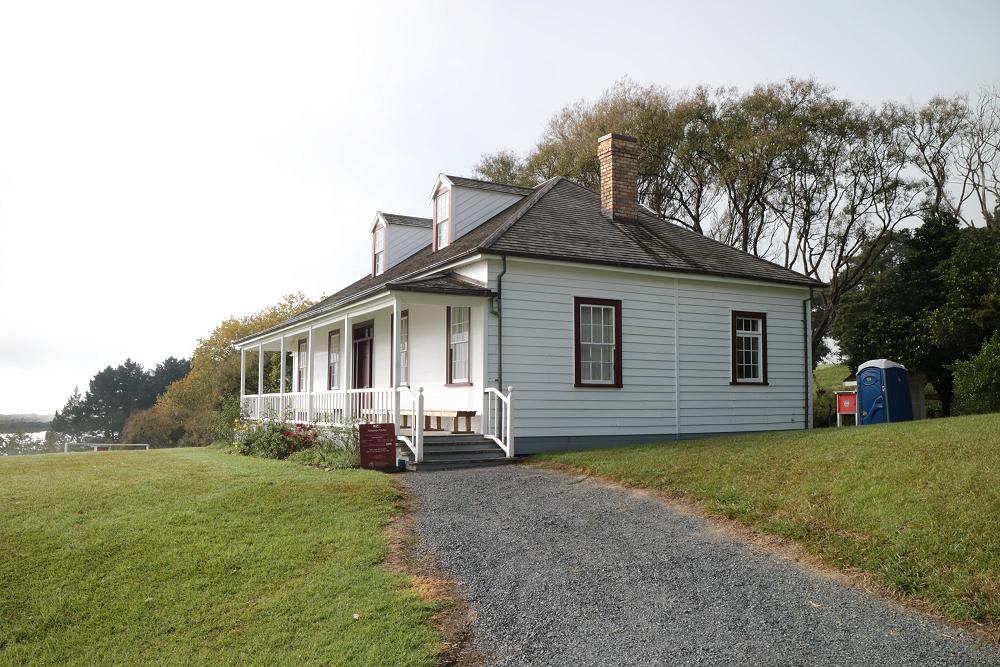
Methodist / Wesleyan Influencers
The effect of influencers in our contemporary political and social world is very clear. Wikipedia posts that influencer marketing is a form of social media marketing involving endorsements and product placement from influencers, people and organisations who have a purported expert level of knowledge or social influence in their field.
It may surprise today’s Methodists that our 19th century missionary forebears could be placed in the same mould, as they brought their influence to bear on an emerging new order in Aotearoa, where imported colonial ideas, principally from England, began to impact. Evidence of this may be found in the discussions that took place before the various signings of Te Tiriti o Waitangi / The Treaty of Waitangi, where first signatures were gathered at Waitangi on 6 February 1840 and subsequently in other locations throughout New Zealand.
One clear example of the influence of missionary personnel supporting Te Tiriti / The Treaty is recorded as taking place on 12 February 1840 during the discussions being held at the Mangungu Wesleyan Mission Station on the shores of the North Hokianga. Governor Hobson and his entourage were there with the intent of obtaining signatures to Te Tiriti. The record states that some 3,000 Maori gathered in support of 300 to 400 rangatira (chiefs - acknowledged leaders). The translator was Rev John Hobbs, the senior Wesleyan missionary. As John Hobbs recalled, speech-making had continued without a break from morning until almost six in the evening. During the long discussions Rev Hobbs pledged to Maori that their land would never be forcibly taken from them but would always be purchased by the Queen if it were needed.
Rev Hobbs also interpreted what he considered to be Governor Hobson’s solemn assurance that if the chiefs signed the Treaty, truth and justice would always characterise the proceedings of the Queen’s government. As dusk began to fall, the Wesleyan chiefs said in effect to Rev Hobbs, “We do not know this Queen Victoria, who lives over the seas, but we know you and can trust you. If you say that the British Government speaks true about this land, we will believe you, for we know that you will not deceive us.” When Rev Hobbs gave the rangatira his solemn assurance, the signing of Te Tiriti went ahead. Seventy rangatira signed that day, the greatest number of signatures made on the document(s) on any one occasion.
This example was recounted to the Auckland Synod when it met for the 2022 Annual Synod and was in the context of the presentation of a Notice of Motion to the Synod, with the intention that, if adopted, it would be forwarded to the Bicentenary Kerikeri Conference.
Rev Barry Jones presented notes to accompany the Notice of Motion: an account of responses made by the Methodist Church in the bicultural contacts between Maori and the Church since the first steps were taken in 1822 by Rev Samuel Leigh that led to the establishment of Wesleydale, at Kaeo, the first Wesleyan Mission Station in Aotearoa.
Our Wesleyan / Methodist history informs us that the early Wesleyan missionaries, notably Rev John Hobbs, Samuel Ironside, John Warren and John Bumby were prominent in encouraging Maori rangatira to sign te Tiriti.
Aotearoa history also informs us that the intent expressed in terms of Te Tiriti was not applied by successive colonial governments. The Methodist Church has commented on this and on wider Treaty matters on several occasions: one example being when the 1940 Conference expressed its concerns to the Government of the day about how the terms of Te Tiriti had been violated. At that time it was stated: “The Conference respectfully claims the right to express itself on this question as it is an indisputable historical fact that our Missionaries … advised the acceptance and signing of the Treaty and assured Maori Chiefs that the Treaty would stand for all time and would be honourably observed.”
The above mentioned 2022 Notice of Motion, endorsed unanimously by the Synod, brings this history into the time when, as a Church, we mark the bicentenary of the beginning of the journey between Maori and the Church. It focusses on Tauiwi within te Haahi Weteriana o Aotearoa / the Methodist Church of New Zealand intentionally taking the necessary steps towards becoming a Tiriti / Treaty honouring Church.
